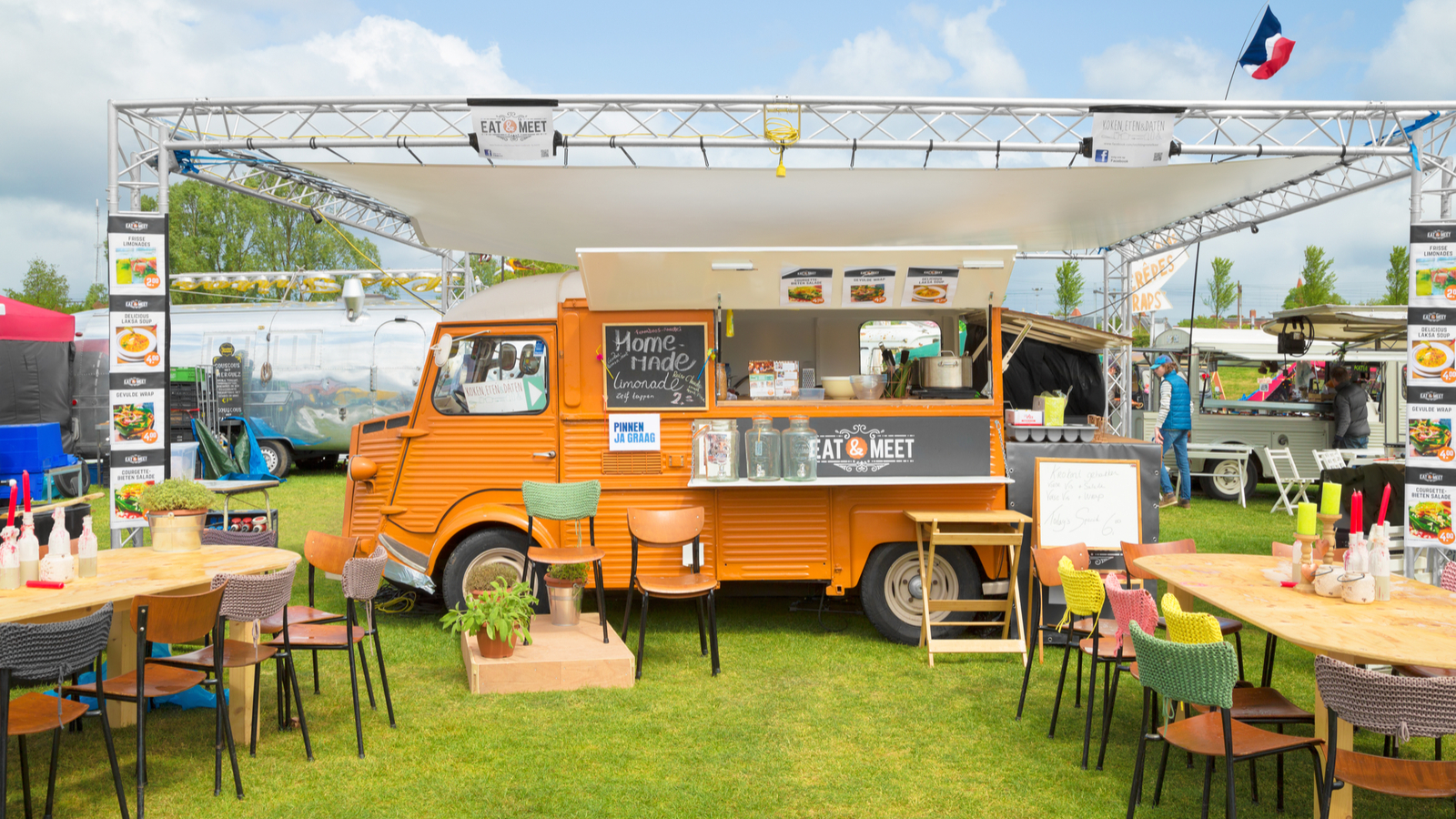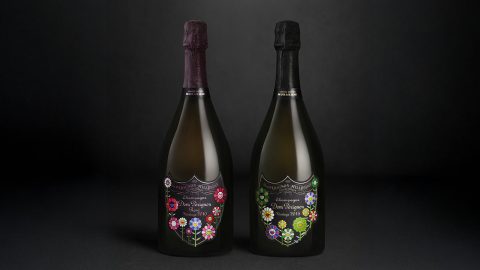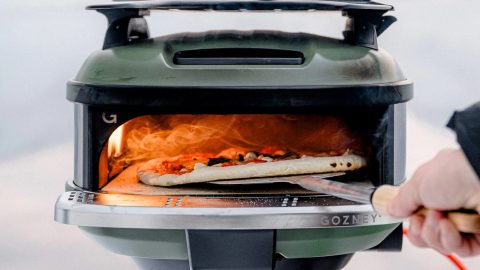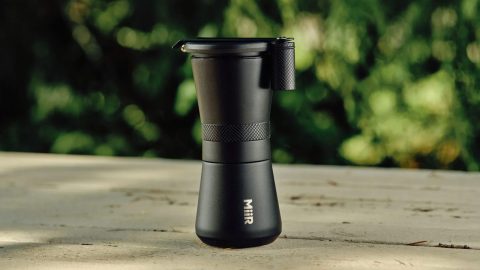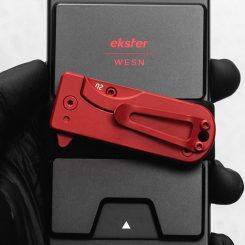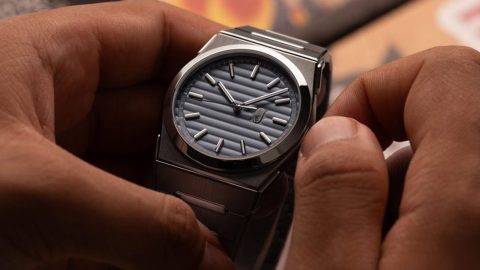May 8, 2018
-
Precision, Patina, And Power: The Return Of A Cult Classic
Addictive snap, premium build—this pen’s return is worth the wait.
-
Louis Erard’s 2340 Is The Sportiest Swiss Watch You Didn’t See Coming
The 2340 delivers premium style and movement in a sleek titanium-steel build.
-
This Is What Happens When Publishing Collides With Sneaker Godhood
Jordan’s legacy reinterpreted as a luxury artifact: inside the Ultimate edition.
-
Navigation, Endurance & Brutal Terrain — Apex 4 Is Built For War
Trail, climb, ski — Apex 4 adapts to your worst days with unmatched battery and navigation.
-
This Quebec Home Floats Among The Trees Like A Modern Sanctuary
Nature takes center stage in this radiant wood-and-glass retreat in Morin-Heights.

